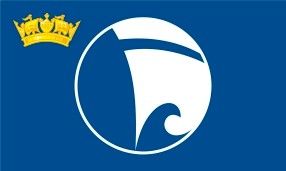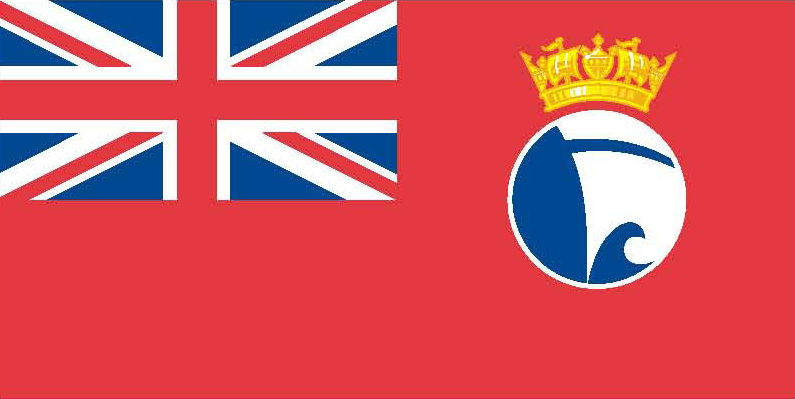


Previous names
- 1879 - 1952 LV 50
Details
Construction
Dimensions
History
H.Y. TYNE III is one of the last remaining wooden lightships afloat, now used as the headquarters of the Royal Northumberland Yacht Club in Blyth. She was ordered in 1878 by Trinity House specifically to serve on Seven Stones off the Isles of Scilly, some of the roughest waters around the coast of the United Kingdom. Built in 1879 by Fletcher, Son and Fearnall at their Union Dock, London, to a design by Bernard Waymouth, she became Trinity Light Vessel No.50. She was stationed on the Seven Stone Reef off the Iles of Scilly (1879-1886), then subsequently moved to the Shambles station off Weymouth (1891-1907), then to Outer Gabbard, Nore in the Thames approach and Galloper off the Essex Coast, (1909-1934); thereafter to Warner off the Isle of Wight (1935) and finally to Calshot Spit in Southampton Water (1951) before being decommissioned following a collision. In 1952, following decommissioning she was sent to Harwich for breaking, where she was rescued by the RNYC, towed to Blyth and refitted to become the third vessel to serve as the club’s house yacht.
Her construction is that of a timber built vessel double planked with 3” teak timbers on 4” oak frames, copper-fastened throughout and sheathed with Muntz metal. Her single revolving light gave three flashes in quick succession at intervals of one minute. Built by Chance Brothers, the original catoptric light had nine Argand lamps with silver paraboloid reflectors arranged on a turntable rotated by a clockwork mechanism. She was fitted with a reed fog horn, developed at Souter, driven initially by a pair of 5 HP Brown caloric engines from New York; fuelled by coke these supplied compressed air for the sirens, later she had Hornsby fog engines. The ‘Harfield’ windlass, used to lift the anchor chain, was made in Gateshead and also driven by compressed air.
Visit her virtual tour https://friendsoflv50.org.uk/tour.htm
The Friends of LV 50 have a wealth of material available on their website including animation, learning materials for schools and self directed tour. https://friendsoflv50.org.uk/ .Tours or visits which can be arranged via contacting the Friends through the website.
Vessel is static and in regular use as club ship and important educational resource as part of Port of Blyth STEM program.
Significance
1. What is the vessel’s ability to demonstrate history in her physical fabric?
Evidence for designs, functions, techniques, processes, styles, customs and habits or uses and associations in relation to events and people. How early, intact or rare these features are may impact on significance.
LV 50 was constructed for Trinity House in 1879 and her hull remains largely original, including the massive wrought iron hanging and lodging knees. Her design is credited to Bernard Weymouth, secretary to Lloyds and one of the architects of the Plimsoll line and combines wrought iron technology with wood in a composite construction. She was towed to station as required, but was the first light vessel to be fitted with a caloric engine, operating a compressed air foghorn and exhibiting a flashing lantern. LV 50 retains her original metal mast and lantern lifting mechanism however, for her later role as a house yacht, her light fitting, topmast and deck-house were replaced and survive only in part. In 2017, a replica lantern was reinstated. She is therefore presently considered as being ‘in ordinary’ - a Naval term where she was dressed to ensure longevity whilst out of use as a light vessel. Her accommodation has also been modified to allow her to be used as a house yacht. In 2016 she underwent replacement of her rotten stem.
2. What are the vessel’s associational links for which there is no physical evidence?
Associations with people or places. Off-ship research.
LV 50 was built by Fletcher Son and Fearnall of Limehouse London, but has links to a number of different areas due to her varied service history which saw her stationed off the Isles of Scilly, Weymouth, the Thames, Essex and the Solent during her career. She also saw service in both World Wars. Her service life and build information is documented in the Warden’s minute books of Trinity House. Since 1952, LV 50 has developed a strong association to Blyth Harbour, where she has been moored as the house yacht of the Royal Northumberland Yacht Club. She is one of only three surviving wooden hulled light vessels and is believed to be the most original. She was included on the National Register of Historic Vessels in 1999 and has the status of being on the National Historic Fleet.
3. How does the vessel’s shape or form combine and contribute to her function?
Overall aesthetic impact of the vessel, her lines, material she was built from and her setting. Does she remain in her working environment?
LV 50 is a sturdy vessel, with a double-skinned hull built of teak on oak frames with bronze fastenings and sheathed in copper with deck planking up to 4 inches thick. Wrought iron and wooden beams, a partial iron weather deck, extensive wrought iron hanging and lodging knees formed a design ready to withstand all weathers whilst on station for up to eight years at a time, in some of the most dangerous places around the coast. Her robust design is testament to the shipbuilding skills of the late nineteenth century representing a unique combination of traditional timber construction married to the benefits of extensive structural metal reinforcing. She remains afloat and therefore is seen in her original setting, although now in the form of a house yacht, none the less much of her original structure has been carefully preserved and is visible and accessible to visitors
Source: NHS-UK & Vessel Owner, Updated December 2018
Key dates
-
1879
Built by Fletcher, Son and Fearnall, Union Dock, London to a design by Bernard Waymouth. Initial Station was Seven Stones, Scilly Isles.
-
1879 - 1952
Served as a lightship at various locations: Trinity House records destroyed by enemy action during World War II Latterly served as LV50 and named CALSHOT SPIT
-
1886
Following severe storm damage she was towed to London where after extensive repairs she became the London Spare.
-
1891
Stationed at Shambles, Weymouth.
-
1910
Stationed at Outer Gabbard, off Felixstowe.
-
1935
Stationed at Warner Sandbank, Isle of Wight.
-
1952
Her last station was Calshot Spit before decommissioning and acquisition by Royal Northumberland Yacht Club
-
2021
Named NHS-UK virtual flagship 2021
Grants
-
2021
Received an award of £250 from NHS-UK or being Virtual Flagship 2021
-
April 2015
HLF bid to undertake extensive preservation work was unsuccessful. As a result, RNYC is now undertaking privately financed limited and essential preservation work
-
April 2014
Development funding of £69,600 from HLF in order to allow RNYC to progress plans to apply for a full grant.
Sources
Williams, Peter, Leading Lights: Light Vessel Directory, Peter Williams Associates, pp57-60, Volume 1, Edition 3, 1995
King, Liz, The Northumbrian: A Lightship to the rescue, pp43-5, 2 March, 1998
Own this vessel?
If you are the owner of this vessel and would like to provide more details or updated information, please contact info@nationalhistoricships.org.uk














